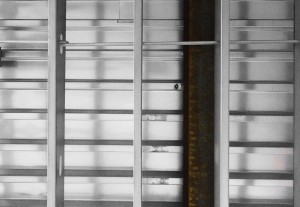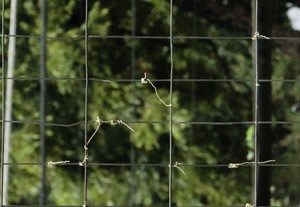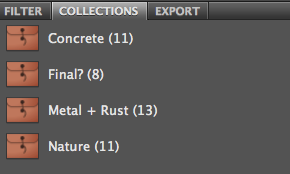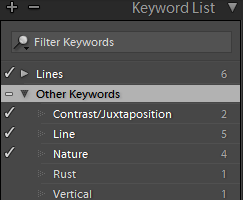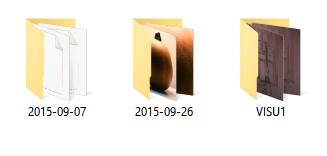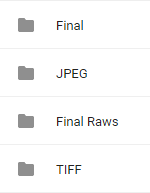This video was almost stressful to watch! There are parts that are arduously slow as you wait for a thing to stop spinning or the foam to spill over already. It’s also kind of infuriating that the film stops without showing the end of the machine, and that the credits roll as you STILL HEAR THE MACHINE GOING.
Then I thought it might just be a metaphor for life about how one thing leads to another and some of it is frustratingly slow, some of it is burning, some of it is stagnant for a long time where it seems nothing will happen, then it’ll get launched or something.
I was a bit bothered that the film had cuts, which implies takes, which implies that the machine didn’t work smoothly all in one go (it is precarious after all) or that the cameraman messed up, but looking up if it had multiple takes led me to find more stuff that resembled that Rube Goldberg machine. So they thought about creating this machine inspired by how precarious their arrangements of objects were for their photographic series “Quiet Afternoon”

They were also inspired by Roman Signer’s work where convoluted actions led to a simple result.
They then threatened to sue Honda in 2003 for using ideas from “The Way Things Go” in their commercial “The Cog”
(The commercial was then disqualified to win an award)
And after all that…I thought about how it would be cool to create a machine whose actions caused sounds that told an obvious narrative (buttons pressed which then in turn play dialogue, the sounds of pans banging because there was a fight etc)
And then I remembered this Ok Go music video where the machine is timed EXACTLY to fit with the music, its inflections, and its tempo:
(really all their videos involve doing extremely convoluted and intricate stuff. I love it)
So I guess it’s how it all relates to each other. One thing happens because of the nature of the actions of the previous event. That’s the way things go.







